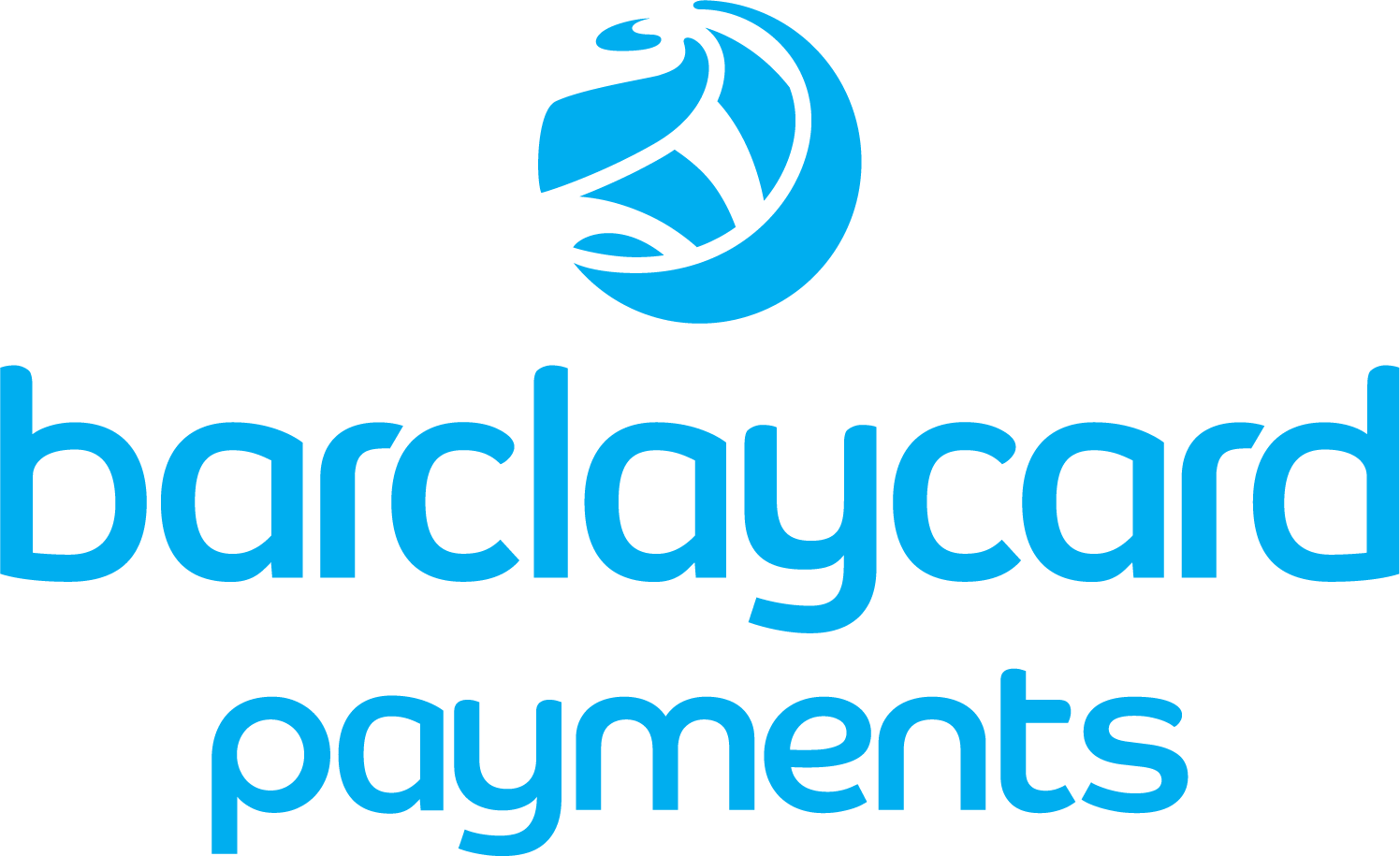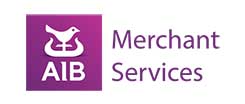- Accept card payments – lowest rates from 0.27%
- Keep your card processing fees to a minimum
- Direct access to the UK’s leading card processing banks
- We ensure your rates always remain competitive
No spam emails or calls
Choose from the payment methods then click Next
What's your turnover each month?
Enter the name of your company
Enter your company's postcode and contact number






The Best Tips for Using Mobile Payments UK in Everyday Transactions
Mobile payments in the UK have revolutionised the way we handle money, offering a faster, more secure, and convenient alternative to traditional payment methods like cash and cheques. With the rise of mobile payment technology, services like Google Pay, Apple Pay, and Samsung Pay have become increasingly popular, allowing users to make contactless payments with just a mobile device.
Whether you’re shopping in-store, making online payments, or sending money to friends, mobile payments UK provide a seamless way to manage transactions. In this guide, we’ll explore the best tips for using mobile wallets, compare different payment apps, and highlight how to keep your bank details secure while embracing a cashless society.
Why Use Mobile Payments in the UK?
The UK has been at the forefront of payment processing innovation, with UK banks and financial institutions adopting contactless cards, digital wallets, and banking apps to streamline transactions. Here’s why mobile payments are becoming the preferred payment method:
- Convenience – No need to carry a physical card or handling cash; just tap your smartphone at a point of sale system.
- Security – Mobile payment technology uses encryption, facial recognition, and Face ID instead of exposing card details.
- Speed – Faster than inserting a chip card or entering a PIN.
- Versatility – Works for in-store purchases, online shopping, and even send money via text message.
With major services like Apple Pay and Google Pay widely accepted, it’s easier than ever to go cashless.
Top Mobile Payment Apps in the UK
Several wallet apps dominate the UK market, each offering unique features. Here’s a breakdown of the most popular options:
1. Google Pay (and Google Wallet)
- Works on Android phones and Wear OS devices.
- Links to credit and debit cards from most UK banks.
- Supports online payments and contactless payments in stores.
- Uses NFC (Near Field Communication) at point of sale terminals.
2. Apple Pay (and Apple Cash)
- Available on iPhones, Apple Watches, and iPads.
- Secured via Face ID or Touch ID.
- Compatible with most UK banks and credit cards.
- Apple Pay works both in-store and for online purchases.
3. Samsung Pay
- Exclusive to Samsung devices.
- Supports MST (Magnetic Secure Transmission) for older card readers.
- Integrates with bank account and loyalty cards.
4. Banking Apps with Mobile Payments
Many UK banks, such as Barclays, HSBC, and NatWest, offer their own payment app solutions within their banking apps, allowing users to make contactless payments directly from their bank account.
How to Set Up Mobile Payments on Your Device
Setting up a mobile wallet is simple:
For Google Pay:
- Download the Google Pay or Google Wallet app.
- Add your debit cards or credit card details.
- Verify with your bank if required.
- Tap to pay at any contactless terminal.
For Apple Pay:
- Open the Wallet app on your iPhone.
- Tap “+” to add a credit or debit card.
- Authenticate with Face ID or passcode.
- Use your iPhone or Apple Watch to pay in-store.
For Samsung Pay:
- Open the Samsung Pay app.
- Add your card details.
- Verify with your financial institution.
- Swipe up to pay at point of sale systems.
Best Practices for Secure Mobile Payments
While mobile payment technology is secure, following these tips will help protect your bank details:
- Enable biometric authentication (e.g., Face ID, fingerprint) for extra security.
- Use strong passwords for your payment apps.
- Monitor transactions via your banking app for unauthorised activity.
- Avoid public Wi-Fi when making online payments.
- Keep your phone locked when not in use.
Where Can You Use Mobile Payments in the UK?
Most UK retailers, transport systems, and online stores accept mobile payments. Here are some common use cases:
- Supermarkets (Tesco, Sainsbury’s, etc.)
- Public Transport (London Underground, buses, contactless rail payments)
- Restaurants & Cafés (Starbucks, Pret, etc.)
- Online Shopping (Amazon, eBay, and other e-commerce sites)
- Peer-to-Peer Payments (Sending money via text message or apps like PayPal)
Mobile Payments vs. Traditional Payment Methods
| Feature | Mobile Payments | Cash / Cards | Cheques |
|---|---|---|---|
| Speed | Instant | Fast (contactless) / Slow (chip & PIN) | Slow (processing days) |
| Security | Encrypted, biometrics | Risk of theft/loss | Risk of fraud |
| Convenience | No need for wallet | Requires physical card/cash | Requires manual processing |
| Acceptance | Widely accepted | Universal | Declining usage |
As the UK moves towards a cashless society, mobile payments are clearly the more efficient way to pay.
Future of Mobile Payments in the UK
The mobile payments UK landscape continues to evolve, with innovations like:
- Wider adoption of wearables (smartwatches, rings).
- More open banking integrations.
- Enhanced security (tokenisation, AI fraud detection).
- Expansion of QR code payments.
With UK banks and fintech companies pushing for a fully cashless economy, mobile payment apps will only become more ingrained in daily life.
Making the Most of Mobile Payments
Switching to mobile payments simplifies everyday transactions, whether you’re paying for groceries, commuting, or shopping online. By using Google Pay, Apple Pay, or your banking app, you can enjoy a faster, more secure alternative to handling cash or physical cards.
To get started:
✔ Choose a wallet app compatible with your mobile phone.
✔ Link your credit and debit cards.
✔ Use contactless payments wherever possible.
✔ Stay vigilant about security.
Embracing mobile payment technology is a smart move in today’s cashless society—making spending easier, safer, and more efficient than ever.